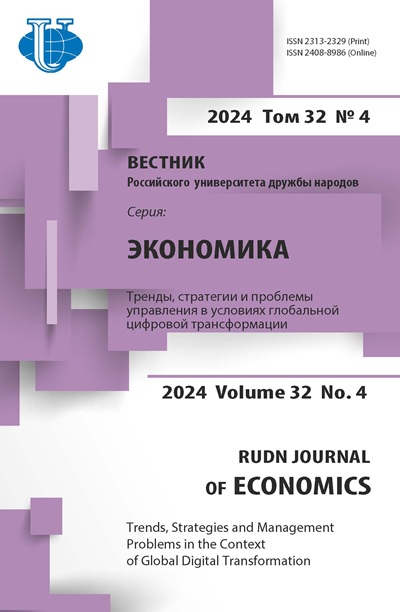Abstract
The study aims to clarify the theoretical and methodological details of the commodity market power asymmetry structure. Based on the Industrial Markets Theory, Neoinstitutional Economic Theory and Organizational Field Theory we clarified the concept of the commodity market. Also we proved that inequality in market conditions is a generic feature of any market system with limited competition. The theoretical model of research bases on a scientific review of approaches. We did the terminological analysis of categories “dominant position”, “market power” and “bargaining power”, as well as the identification of the market inequality sources. As a result we suggested the definition “power asymmetry of the commodity market.” The main research result is developing an unified method for assessing of the commodity market power asymmetry. This method includes a three-step assessment of an influence one of the market participant on all stakeholders.















